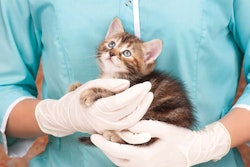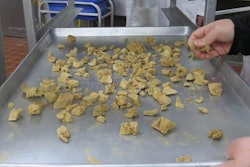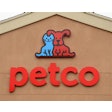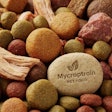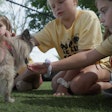
Argentina´s pet food market is experiencing a paradox. On the one hand, it has remained one of the biggest pet-loving countries in the region, supported by a strong local industry; on the other hand, consumers are struggling to care for their pets in their usual manner as the cost of living rises. With rampant inflation recorded in 2018 at 47%, the economy is expected to plunge by -2.5% in real GDP, according to the International Monetary Fund.
To some extent, pet ownership figures reflect the level of affection for pets in the country. Local sources say about 78% of households own at least one dog, while 31% have at least one cat.
However, pet abandonment is rising due to the economic slump and high prices in recent years, and thus, the pet food market is not posting the dynamism it would have recorded otherwise. Furthermore, although the pet population is increasing in Argentina, net pet possession remains rather stagnated.
Therefore, it is likely the local pet food market registered positive but weak volume growth in 2018, reaching about 635,000 metric tons of dog and cat food combined. That means the country has the second highest pet food caloric penetration rate in Latin America, after Mexico.
Pet humanization still playing a role in Argentina
The global pet humanization trend is also permeating Argentina, with pet owners increasingly looking for new product varieties, from wet food products and value-added treats to vegan alternatives. Foreign companies like Mars and Nestle Purina are investing in local production facilities or expansions to increase their portfolio of snacks, treats and wet pet food.
Along with those well-known multinationals, leading local pet food companies like Molino Chacabuco, Metrive and Alimentos Grupo Pilar are increasing their stakes in the domestic market, hoping that high prices and volatility will eventually ease.
A positive element that signifies a competitive advantage for Argentina compared to other countries in the region is that most raw materials and ingredients, such as grains and meat products, are locally produced. Argentina is a self-sufficient corn and meat producer in the world.
In this context, the well-equipped local industry has relied on increasing exports to maintain their businesses and protect them from domestic economic volatility. Press sources mention that pet food exports from Argentina to the rest of the world cumulated 110,000 metric tons in 2017, with neighboring countries plus China as the main destinations.
Pet food market sound but not safe
In overall terms, the local pet food market is sound but not as safe, as rising domestic prices continue to pressure local consumption as well as short-term prospects. It is worth mentioning that the local pet food market is also reaching maturity. With relatively high penetration rates and previous vigorous volume growth in the last decade, it is likely that the Argentinean pet food market will see decelerated growth in the coming years.

